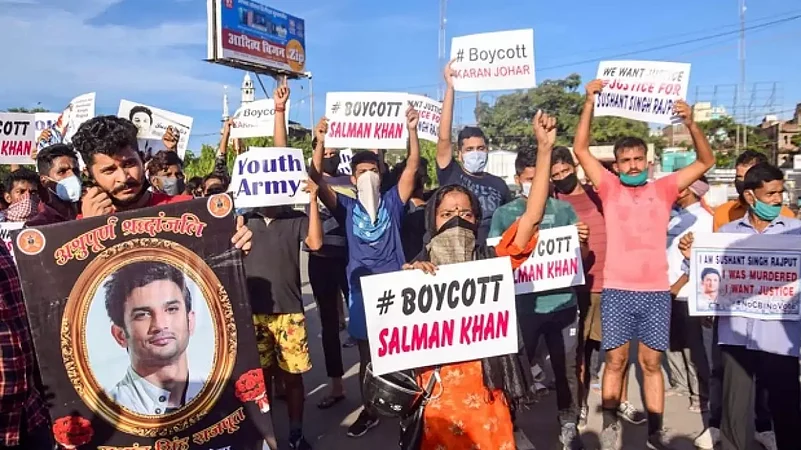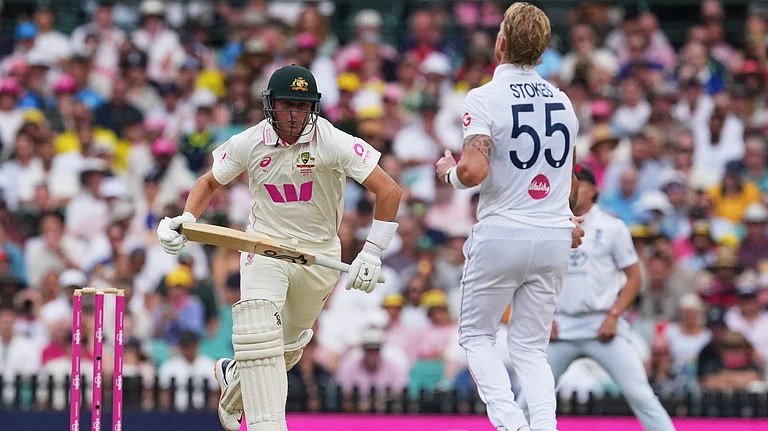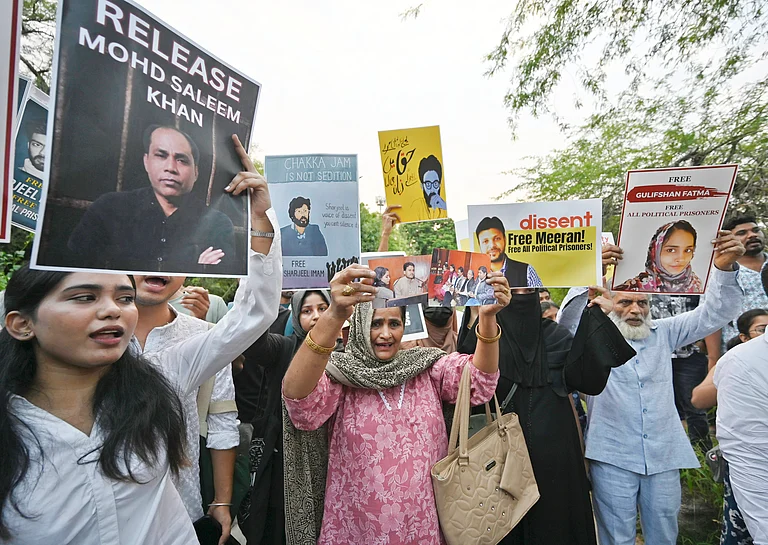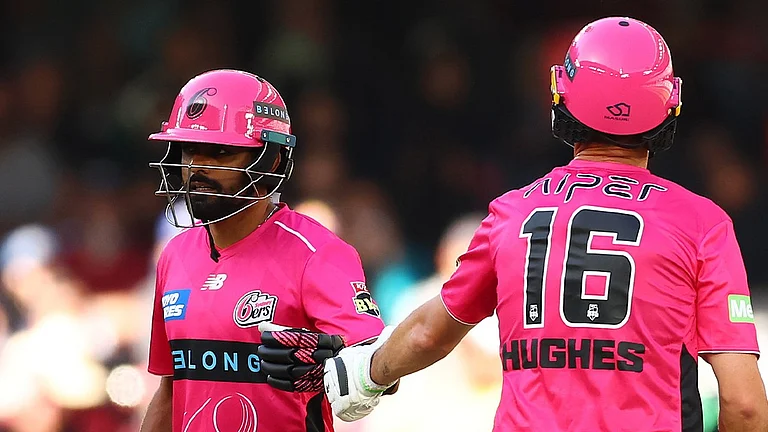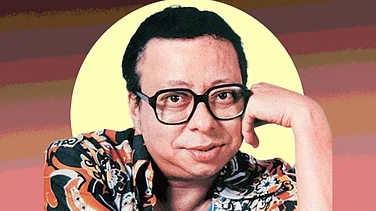#JusticeForSushantForum
“Why I think Sushanth Singh Rajput was murdered.”
— Subramanian Swamy
“So was it a suicide or a planned murder?”
— Kangana Ranaut
“I clashed with the so-called SSR Warriors on Twitter during the lockdown.”
— Hansal Mehta, Filmmaker.
***
The dacoit drama Sonchiriya, starring Manoj Bajpayee and Sushant Singh Rajput, was released on March 1, 2019. An excellent film, it was a box-office disaster, grossing a meagre Rs 9.7 crore. If we consider the average ticket price in India to be Rs 119, according to a February 2023 Statista study, then around 8.1 lakh people watched the movie—less than the population of Andheri. As if Rajput didn’t even exist. Fifteen months later, on 14 June, 2020, his body was found hanging from the ceiling of his Bandra West apartment. And in the coming months—amid COVID-19 ravaging lives, the Chinese army advancing towards the border, migrant workers trudging to their homes, many collapsing on the way—the country indulged in a baffling alchemy: converting suicide to murder.
Kangana Ranaut led the charge. In a fellow actor’s demise, an actor found what she craves her entire life: a perfect story. She posted a two-minute video, rubbishing Rajput suffering from depression, and asked a question: “So was it a suicide or a planned murder?” Ranaut deployed the classic no-smoke-without-fire tactic. Bollywood is incredibly nepotistic and enough reports had surfaced over the years about Rajput’s uneasy equations with the film industry’s dynasts: Yash Raj Films and Dharma Productions. In the subsequent weeks, this case began to unfold like a TV series, producing a steady stream of episodes, villains and subplots. First came Karan Johar, Sanjay Leela Bhansali, Shekhar Suman (with his #JusticeForSushantForum), then fans, politicians and TV channels.
Rajput’s family entered in late July, filing an FIR against his girlfriend, Rhea Chakraborty, for the abetment of suicide. And five days later, on 30 July, a tweet by Subramanian Swamy: “Why I think Sushanth Singh Rajput was murdered.” It accompanied a photo detailing 26 pieces of evidence. Twenty-four of them—such as “no eye pop out”, “SSR playing video game on the morning of 14 June”, and the “body language of friends”—supported the “theory” of “murder”. Someone who couldn’t spell “Sushant” had become a self-appointed investigator.
But when the “interests of celebrities waned”—such as, besides Swamy and Ranaut, Sonu Sood and Akshay Kumar—“the ‘movement’ was taken over by a group of dedicated Twitter users,” wrote researchers Joyojeet Pal and Anirban Sen in their 2022 study, “who started posting regularly on the issue in massive numbers.” The genie was out of the bottle, and the ‘SSRians’, wanting #JusticeForSushant, were born. Some of them were “legitimate fans who often posted” about the actor before his death, add Pal and Sen, but many also joined the “Twitter discussion” after his demise, “probably instigated by the celebrities’ initial tweets.”
And that’s when this story started to swell and twist and flare. Like most movements, it was charged with a deep sense of identification. Their hero, asserted the SSRians, hailed from a small-town, succeeded in Bollywood, and seemed sharp, humble and accessible. This version had the right amount of righteousness and victimisation. Besides, since Rajput had not left a suicide note, his death opened up further speculations and projections. Finding purpose and identity during the bleak COVID year, the SSRians saw in him what they wanted to see. That’s why a murder—unveiling a clean, intuitive narrative—made perfect sense. Suicide was anyway too complex for an online mob—and dented its self-image. Because someone like Rajput killing himself—a star with no dearth of money, fame, and fans—could also be interpreted as a subtle rejection of fandom itself.
In many online posts, while unravelling the “mystery” behind the “murder”, they unravelled themselves. Like Ranaut, they denied his mental health troubles. How could a successful man kill himself, they asked? This was a threat to masculinity—their most basic identity. By negating the possibility of depression, they squashed a question that could have hit them like a boomerang: If someone like Rajput could die by suicide, then how—and why—were they safe? And, with the FIR filed against Chakraborty, this crass potboiler met its destiny: a vamp.
“I clashed with the so-called SSR Warriors on Twitter during the lockdown,” says filmmaker Hansal Mehta. “They kept trolling me because I had supported Rhea at that time. My only response to them was: If you really claim to be his fans, have you fucking seen Sonchiriya?” The co-author of a data-driven study, ‘Anatomy of a Rumour: Social Media and the Suicide of Sushant Singh Rajput ’, Pal says both “narrative and structural factors” contributed to the story’s detonative nature. The former had several elements, which were already quite popular. Nepotism was the first, he tells me over email, followed by a “second narrative more specific to young men from the Hindi heartland who, despite their hard work, are treated as outsiders and eventually pulled down”. The third “muddled his on-screen persona with his off-screen life”: his “boy-next-door image meant he could not possibly have been doing drugs”, pinning the blame instead on his live-in “girlfriend, a Bengali, who precipitated these events”.
The desperate search for motives—often fuelled by Right-wing Twitter accounts—further helped the easy vilification of Bollywood: that it was anti-Hindu, filled with liberals, ruled by Khans. Rajput’s main appeal for them, though, lay not inside but outside cinema. A rational person sees a complex actor; a mob sees labels: an upper-caste Hindu, a man, meritorious, clean image, an ex-engineering student, scientifically curious. Now let’s unpack the psychology informing SSRians: a desperate desire for identity, love for fake news and conspiracy theories, a penchant for gaming Twitter algorithms, reverence for the status quo, a profound disconnect with reality, misogyny, and so on. Sounds familiar? Well, this was the Bollywood version of “Hindu khatre mein hai”.
“Research has shown that the same folks,” says Pal—referring to Rajput’s fans indulging in conspiracy theories about his death—“appeared in the anti-feminist movement online, the campaign to defame Aryan Khan, the Twitter campaign against the CJI, etc. This community has in turn been weaponised by politicians over time, and even though they are small, they are extremely vocal and act in coordination.” The pro-BJP news channels, obsessing over their own motives, legitimised the SSRians further. Pal calls this drive a part of the “structural factor” that made the Rajput story explode. The murder narrative, he says, was also often pushed by “people with political connections or ambitions”, such as Nilotpal Mrinal who, appearing on Republic TV and Times Now calling himself a “family friend” of Rajput’s, declared the movement’s political affiliation in a May 2021 tweet: “SSRians with Narendra Modi.”
In this whole saga, which reduced a gifted actor to a hashtag, Mehta contemplates the real perpetrators. “The denial [of Rajput’s mental health] was the most dangerous outcome,” he says. “Because you’re dissuading a person, who could be suffering from depression, from seeking dignified treatment. I’ve been through it myself. There was a phase during and after Simran. It affected me physically. Luckily, I sought medical help. In fact, stigmatising it leads to so many suicides. You go through so much pain just to live in denial. To deny yourself the chance to get treated is, I think, a crime.”
(This appeared in the print as 'Anatomy Of A Death')






